Introduction: The Art of Lamb Kofta
Lamb kofta, a beloved dish across various cultures, is a testament to the versatility and richness of lamb meat. Whether you’re in the Middle East, the Balkans, or even parts of South Asia, kofta can be found in many forms, each with its unique twist on flavor and preparation. At its core, kofta is a grilled or baked meatball, typically made from ground lamb, seasoned with an array of spices, and often mixed with other ingredients like onions, garlic, and herbs. This article aims to guide you through the art of making lamb kofta, from selecting the right ingredients to achieving the perfect texture and flavor.
Section 1: Understanding the Ingredients
Before diving into the recipe, it’s crucial to understand the role each ingredient plays in creating the perfect lamb kofta.
1 Lamb Meat: The Foundation
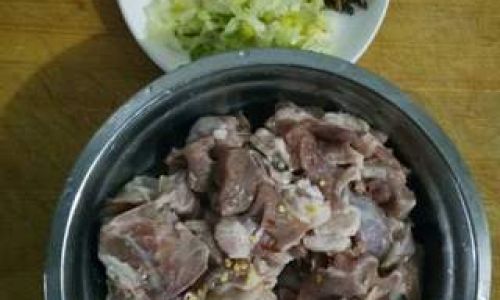
Lamb meat is the cornerstone of kofta. Its rich, earthy flavor and tender texture make it ideal for grilling or baking. When choosing lamb, opt for ground lamb that has a good fat-to-meat ratio. Generally, a mix that’s about 80% lean and 20% fat works well, as it ensures the kofta stays moist and juicy during cooking.
2 Seasonings and Spices
Seasonings and spices are what elevate lamb kofta from a simple meatball to a culinary delight. Common spices include cumin, coriander, paprika, and allspice. These spices not only add depth to the flavor but also complement the natural taste of lamb. Don’t forget salt and pepper; they are the basic but essential seasonings that bring out the best in any dish.
3 Aromatics: Onions and Garlic
Onions and garlic are aromatics that add both flavor and moisture to the kofta mixture. Finely chopped onions help bind the meatballs together, while minced garlic provides a subtle yet pungent flavor. Sautéing the onions before mixing them with the lamb can enhance their sweetness and create a caramelized layer of flavor.
4 Fresh Herbs
Fresh herbs like parsley, mint, and cilantro add a refreshing brightness to the kofta. They also contribute to the dish’s overall visual appeal, with their vibrant green hues contrasting beautifully with the browned meat.
5 Binding Agents: Breadcrumbs or Bulgur Wheat
To ensure that your kofta holds its shape during cooking, you’ll need a binding agent. Breadcrumbs or soaked bulgur wheat are excellent choices. Breadcrumbs provide a light, fluffy texture, while bulgur wheat adds a nutty flavor and a bit more substance.
6 Optional Ingredients
Feel free to experiment with additional ingredients such as grated cheese, lemon zest, or even a splash of yogurt to further customize your kofta. These additions can bring new layers of flavor and texture to the dish.
Section 2: Preparing the Lamb Kofta Mixture
Now that you understand the ingredients, let’s dive into the preparation process.
1 Preparing the Aromatics
Begin by finely chopping the onions and mincing the garlic. If you prefer a sweeter onion flavor, sauté the chopped onions in a little olive oil until they are translucent and slightly caramelized. This step is optional but highly recommended for a richer flavor profile.
2 Combining Ingredients
In a large mixing bowl, combine the ground lamb, sautéed onions (if using), minced garlic, chopped fresh herbs, spices, salt, and pepper. Mix well until all the ingredients are evenly distributed. If using breadcrumbs or soaked bulgur wheat, add them to the mixture now and combine thoroughly.
3 Testing for Seasoning
Before forming the kofta, it’s essential to test the seasoning. Take a small piece of the mixture and cook it in a microwave or on a hot pan until browned. Taste it and adjust the seasoning accordingly. This step ensures that your final kofta will be perfectly seasoned.
Section 3: Forming the Kofta
Forming the kofta can be a bit tricky, but with practice, you’ll get the hang of it.
1 Shaping the Kofta
Wet your hands slightly to prevent sticking. Take a portion of the meat mixture and roll it into a log shape about 2-3 inches long and 1 inch in diameter. If the mixture is too sticky, you can lightly dust your hands with breadcrumbs or flour. Repeat this process until all the mixture is used up.
2 Creating a Skewer
Traditionally, kofta is grilled on skewers. You can use bamboo skewers soaked in water for at least 30 minutes to prevent them from burning, or metal skewers. Thread 2-3 kofta onto each skewer, leaving a bit of space between them to ensure even cooking.
Section 4: Cooking the Lamb Kofta
There are several methods to cook kofta, each yielding slightly different results.
1 Grilling
Preheat your grill to medium-high heat. Lightly oil the grill grates to prevent sticking. Place the skewers on the grill and cook for about 6-8 minutes per side, or until the kofta is evenly browned and cooked through. Use tongs to turn the skewers gently, as the kofta can be delicate.
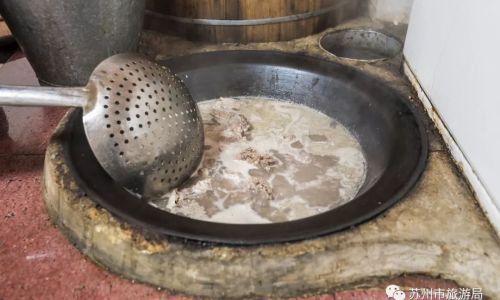
2 Baking
If you prefer to bake your kofta, preheat your oven to 375°F (190°C). Place the skewers on a baking sheet lined with parchment paper or aluminum foil. Bake for about 20-25 minutes, turning once halfway through, until the kofta is cooked through and golden brown.
3 Pan-Frying
For a crispier exterior, you can pan-fry the kofta. Heat a little olive oil in a large skillet over medium-high heat. Add the kofta (without skewers, if possible, to fit more in the pan) and cook for about 4-5 minutes per side, or until browned and cooked through. Be careful not to overcrowd the pan, as this will reduce the heat and cause the kofta to steam rather than brown.
Section 5: Serving the Lamb Kofta
Lamb kofta is versatile and can be served in various ways, making it a perfect dish for any occasion.
1 Traditional Accompaniments
In the Middle East, kofta is often served with pita bread, hummus, and a fresh salad of tomatoes, cucumbers, and onions. Yogurt sauce (tzatziki) or garlic sauce (toum) are also popular dips.
2 Balkan-Style Serving
In Balkan countries, kofta is frequently served with grilled vegetables, rice or bulgur wheat, and a tangy tomato sauce. A dollop of sour cream or yogurt on the side adds a refreshing contrast to the rich flavors of the kofta.
3 Fusion Ideas
Feel free to fusionize your kofta by serving it with international twists. For example, pair it with a spicy Thai peanut sauce, a tangy Vietnamese nuoc cham, or even a creamy avocado dip for a modern twist.
Section 6: Tips and Tricks for Perfect Lamb Kofta
Here are some tips to ensure your lamb kofta is a success:
1 Don’t Overmix
Overmixing the meat mixture can cause the kofta to become dense and tough. Mix until just combined, and avoid compressing the meat too much.
2 Rest the Meat
Once you’ve formed the kofta, let them rest in the refrigerator for about 30 minutes. This helps the flavors meld together and makes the kofta firmer, which aids in even cooking.
3 Use High-Quality Ingredients
The quality of your ingredients will directly affect the final dish. Invest in good-quality ground lamb, fresh herbs, and spices for the best results.
4 Adjust Cooking Time
Cooking time can vary depending on the size of your kofta and the cooking method. Always use a meat thermometer to ensure the internal temperature reaches 160°F (70°C) for safety.
5 Experiment with Flavors
Lamb kofta is a highly adaptable dish. Don’t be afraid to experiment with different spices, herbs, and cooking methods to find your perfect flavor combination.
Conclusion: A Culinary Journey
Making lamb kofta is not just about following a recipe; it’s a culinary journey that connects you to traditions and flavors from around the world. From the rich, earthy taste of lamb to the aromatic spices that dance on your palate, every bite is a celebration of culinary diversity. Whether you’re grilling them up for a family gathering or baking them for a cozy dinner at home, lamb kofta is a dish that promises to delight and satisfy. So, gather your ingredients, roll up your sleeves, and embark on this delicious culinary adventure. Your taste buds will thank you!
This article has provided a comprehensive guide to making lamb
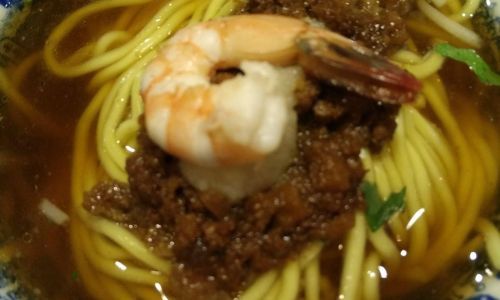
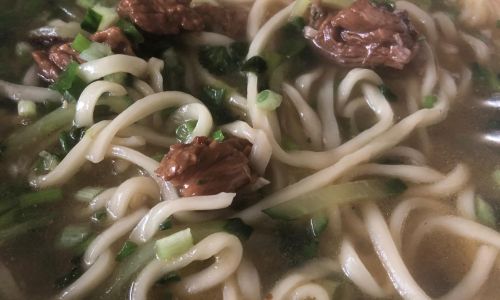
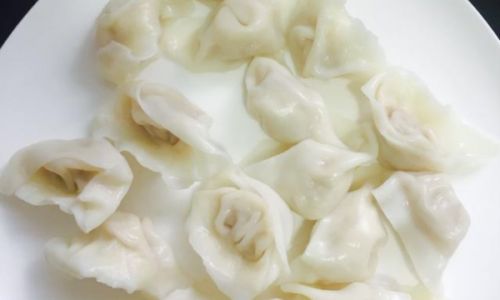
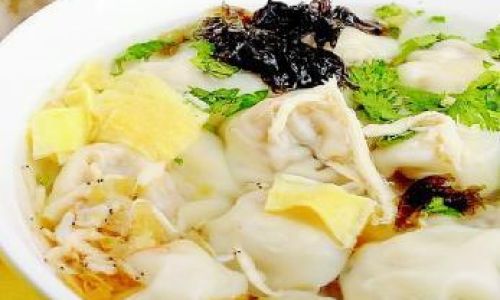
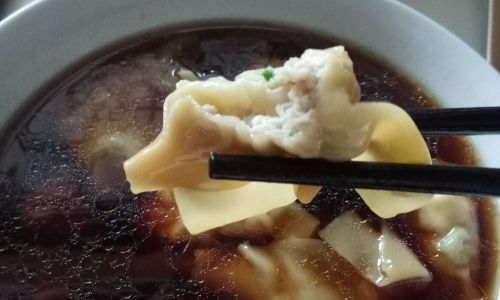
0 comments